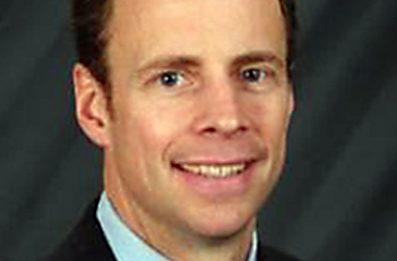The relationship between a carbon-rich atmosphere and its effects on low-carbon steel are well known. The evolution of carburizing led to in-situ monitoring of carbon-rich atmospheres to provide controllable parameters based on diffusion of carbon into a workpiece and simulation of carbon transfer and diffusion.
A continuing challenge is correlating in-situ sensor-based calculations with the actual carbon content of the furnace atmosphere. In-situ sensor technology measures oxygen levels and derives a carbon value from the partial pressure of oxygen inside the furnace compared with the partial pressure of oxygen in air. Knowing the oxygen level, the makeup of the prepared atmosphere, and the temperature enables predicting the carbon level of the atmosphere and, based on that value, predicting the diffusion of carbon into the workpiece.
Predicting the carbon level of the atmosphere involves many assumptions. For example, it is assumed that the part temperature is in equilibrium with the furnace temperature carbon is available from the amount of CO present in the prepared atmosphere, and the amount of hydrocarbon enriching gas used, which includes methane, propane, and methanol.
CARBON-POTENTIAL PITFALLS
If it is not known that there is a carbon potential issue, carbon levels produced could be higher or lower than planned. Both situations lead to undesirable results in the workpiece. Higher carbon, in the form of soot, not only delivers undesirable workpieces, but it also creates a harsh atmosphere for the furnace, which has a deleterious effect on lives of refractory, alloy furnace hardware, and sensors. %%0415_QC_1%% shows excessive carbide formation in a carburized case of AISI 8620 low-alloy steel. Spherical carbides grow and join together due to high carbon levels forming carbide networks. These networks often form along grain boundaries while reducing mechanical properties. When soot builds up, the furnace should be burned out to prevent damage to furnace hardware.
Consider a “leaky” furnace. On one hand, air infiltrates the work zone, and the in-situ carbon probe gives a lower millivolt (mV) reading. Today’s controls act on the sensor input and call for the output of the controller to add more enriching gas. If the correct mV, or carbon potential, is never achieved, enriching gas continues to flow, leading to an out-of-control situation, an unbalanced atmosphere, and potentially soot. High carbon levels can lead to retained austenite in the workpiece. In some cases, retained austenite transforms during part service, leading to failure from dimensional and metallurgical changes. Extreme cases of retained austenite lead to softness of the part surface. %%0415_QC_2%% shows an example of an excessive amount of retained austenite caused by high carbon.
Some processes call for operating parameters (temperature and carbon set-point) at or just below the carbon-saturation limit in austenite. This level is determined by temperature and alloy composition. Operating a furnace at the saturation limit, leads to soot formation and nonuniform case depth. Therefore, strict process control parameters should be adopted.
On the other hand, a leaky furnace might never reach the sooting level, resulting in a light case, lower surface carbon content, and longer cycles, which impact production schedules. Carburizing at higher temperatures shortens cycle time, but can increase austenite grain size to undesirable levels.
Increasing carbon potential increases the rate of carbon transfer from the atmosphere to the workpiece. Despite the potential advantages of shorter cycle times at higher carburizing temperatures, proper control is essential, and care must be taken in the second stage of the process (diffuse, for example) to ensure achieving proper surface carbon.
During the diffuse stage, the rate of carbon transfer is limited by carbon diffusion in austenite, which is primarily determined by carburizing temperature and alloy composition. Austenitic carbon diffusion ultimately determines surface carbon if ample time is provided. Diffusion provides a desirable overall carbon profile, drives carbon to the required case depth, and begins the cooling process before quenching.
Tight process control is strongly recommended for all stages of the carburizing process to maintain proper atmosphere, reduce chances for error, and avoid out-of-control situations. Today, most heat treating furnaces are equipped with in-situ atmosphere monitoring, some redundancy, and automatic adjustment of the calculated carbon based on other inputs, such as gas analysis. At a minimum, furnace atmosphere should be verified using alternate gas analysis methods such as nondispersive infrared (NDIR), dew point, carbon wire, shim stock, and carbon bar.




























